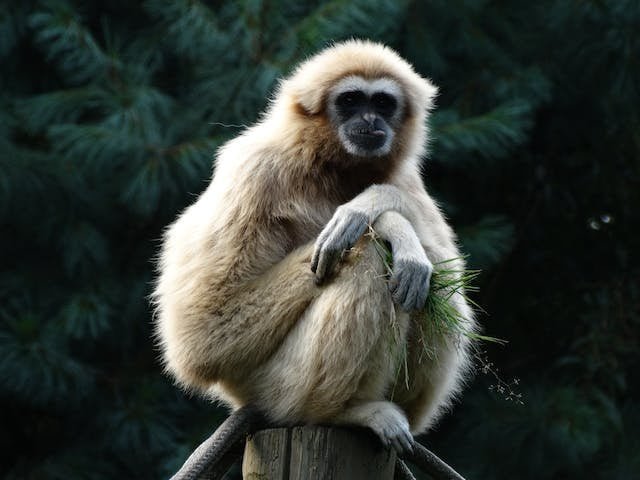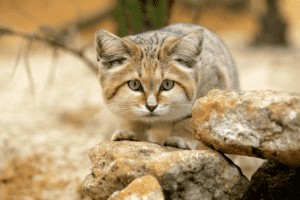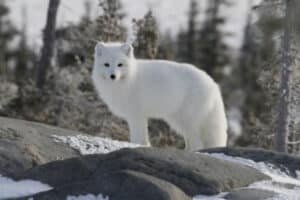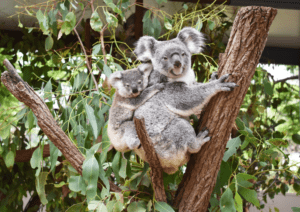Have You ever wondered Are Gibbons Endangered? Gibbons are a type of primate that belong to the ape family. They are known for their distinctive calls, which can be heard echoing through the forests where they live. There are over 20 species of gibbons, and they are found in various parts of Asia.
Gibbons are among the most endangered apes and among the most critically endangered of all non-human primate species.
Table of Contents
How Many Gibbons Are Left In The World?
According to the International Union for Conservation of Nature (IUCN), there are approximately 20,000 to 25,000 gibbons left in the world. This number may seem high, but it is actually a significant decline from previous decades. In the last 50 years alone, gibbon populations have declined by around 80%.
How Many Types Of Specie Of Gibbons Are There?
There are 20 different species of gibbons, and all of them are currently classified as endangered or critically endangered. Some of the most well-known gibbon species include:
- The Siamang Gibbon
- White-handed Gibbon
- The Hoolock Gibbon
Each species is unique in its appearance and habitat but they all share one thing, their survival is at risk.
Impact Of Habitat Distribution On Gibbon’s Lifespan
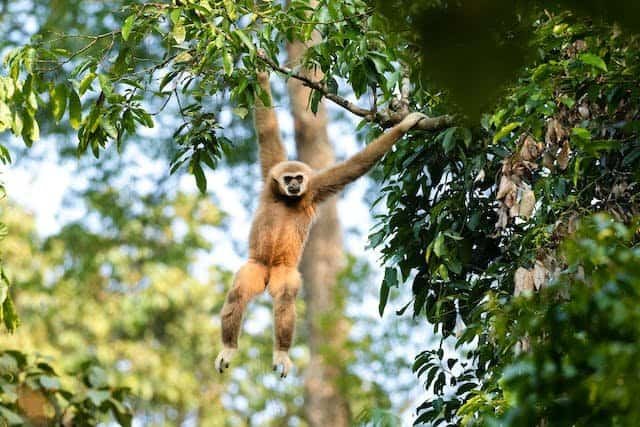
Habitat loss and fragmentation are the main threats to gibbon populations. As human populations grow and expand, forests are being cleared for agriculture, mining, and development. This has led to a significant decrease in the amount of suitable habitat available for gibbons.
Gibbons rely on large areas of forest for their survival as they are highly arboreal creatures – meaning they spend most of their time in trees. When their habitats are fragmented, gibbons struggle to find enough space and resources to thrive. This can lead to conflicts with humans as they may venture into communities in search of food.
Moreover, the fragmentation of habitats also poses a threat to genetic diversity within gibbon populations. Smaller and isolated groups have a higher risk of inbreeding, leading to a decrease in genetic diversity and ultimately impacting their long-term survival.
Other Factors Contributing To Gibbon Endangerment
In addition to habitat loss and fragmentation, there are other factors that contribute to the endangerment of gibbons.
Hunting and poaching for the illegal wildlife trade: Gibbons are often hunted for their meat or captured to be sold as pets. This not only directly impacts their populations but also disrupts social structures and genetic diversity within the species.
Gibbons And Their Historical Population Trends
Gibbons have been facing the threat of extinction for several decades now. The decline in their population can be traced back to the early 1900s when their habitats started to disappear due to deforestation and development. Gibbons were also heavily hunted during this time, which further contributed to their declining numbers.
Since then, conservation efforts have been implemented to protect gibbons and their habitats. However, despite these efforts, the decline in gibbon populations continues.
1.How Many Gibbons Were There In 19th Century?
It is difficult to determine the exact number of gibbons that existed in the 19th century as data on their populations was not accurately recorded at that time. However, it is estimated that there were significantly more gibbons in the wild compared to today’s numbers.
Climate Change and Its Influence on the Gibbon’s Life Expectancy
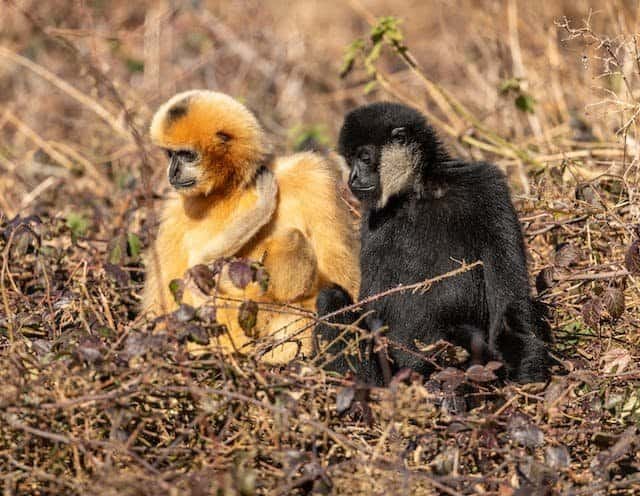
Climate change is a major threat to many species, including gibbons. As temperatures rise and weather patterns become more unpredictable, it can have a significant impact on the habitats that gibbons rely on for survival.
Changes in rainfall patterns and increasing frequency of extreme weather events can lead to food scarcity for gibbons. This not only affects their physical health but also impacts their reproductive success.
Moreover, climate change also poses a threat to the forests that gibbons call home. Rising sea levels and increased frequency of forest fires can lead to further loss and fragmentation of their habitats.
The Status Of Endanger Specie Of Gibbons
Out of the 20+ species of gibbons, many are classified as endangered or critically endangered on the IUCN Red List. The Hainan gibbon is one of the rarest primate species in the world, with only around 30 individuals remaining in the wild.
Other species such as the Kloss’s gibbon and northern white-cheeked gibbon are also critically endangered, with estimated populations of less than 1000 individuals.
Are Gibbons Endangered? What Is The Main Reason Of Gibbons Death:
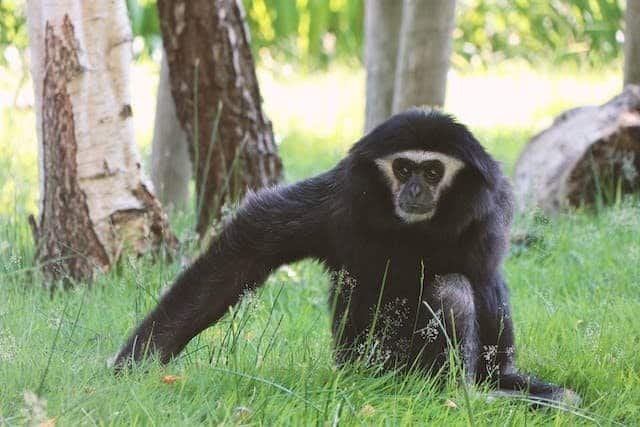
The main reason for the decline in gibbon populations is habitat loss and fragmentation. This not only directly impacts their survival but also leads to other threats such as poaching, genetic diversity loss, and conflicts with humans.
Despite being protected under various laws and conservation efforts, gibbons continue to face extinction due to these ongoing threats. It is crucial that we take action to protect their habitats and address the underlying causes of their endangerment.
By doing so, we can ensure that these beautiful and intelligent creatures continue to thrive in the wild for generations to come.
The Conservation Efforts To Protect Gibbons
Thankfully, there are efforts being made to protect and conserve gibbons. Organizations such as the Gibbon Conservation Center and the Gibbon Rehabilitation Project work towards rescuing and rehabilitating gibbons that have been illegally kept as pets or used for entertainment.
Efforts are also being made to protect gibbon habitats and prevent further deforestation. This includes working with local communities to promote sustainable land use practices and establishing protected areas for gibbons to thrive in.
Final Thoughts
While gibbons may not be as well-known or iconic as other endangered species, they play a crucial role in their ecosystems. Their dwindling populations are not only a threat to the survival of their own species but also have ripple effects on other plants and animals that rely on them.
It is important to continue raising awareness about the threats facing gibbons and support conservation efforts to ensure these fascinating primates can continue to exist in the wild for generations to come. So, yes, unfortunately many gibbon species are indeed endangered and it is our responsibility to ensure their survival.
Read Also: How Many Lemurs Are Left In The World?

